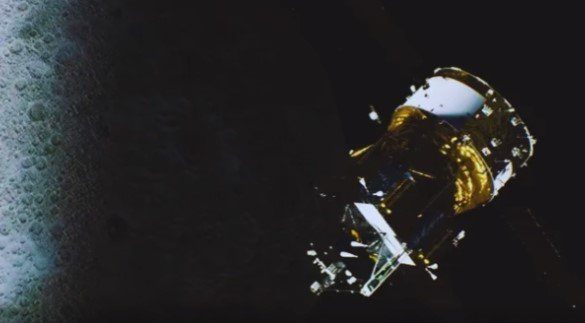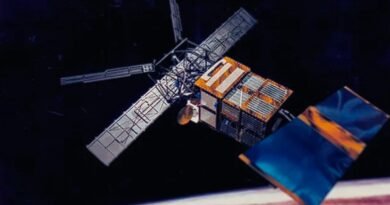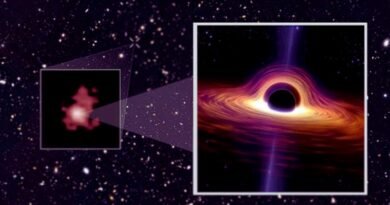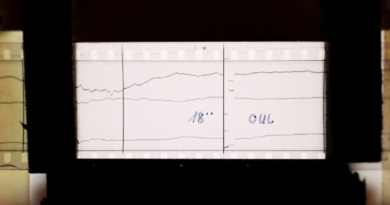China’s Chang’e 6 Probe Set to Land on Moon’s Far Side This Weekend

China’s Chang’e 6 mission prepares to make history by landing on the moon’s far side, gathering lunar samples for return to Earth.
China’s Chang’e 6 probe is set to land on the far side of the moon this weekend, with touchdown expected on Saturday night, June 1. The mission, launched on May 3, entered lunar orbit about five days later and is focused on studying potential landing sites for accessibility ahead of the planned landing attempt.
James Head from Brown University has been working with China’s lunar exploration planners. At a recent NASA meeting, Head detailed China’s moon exploration progress and plans. The Chang’e 6 mission profile is nearly identical to Chang’e 5, which landed in December 2020 and returned 61 ounces (1,731 grams) of lunar material from the Northern Oceanus Procellarum.
Chang’e 6 targets a landing on Sunday, June 2, Beijing time, likely Saturday evening, June 1, in North America. The mission will spend three days studying the landing area and collecting samples. The sample-loaded ascent module will then lift off into lunar orbit, rendezvous, and dock with the lunar orbiter component. The samples will be transferred into a return-to-Earth module, with the return capsule expected to touch down under parachutes on June 25, Beijing time. The samples will be analyzed at a lunar receiving lab in Beijing and documented in a Chang’e 6 sample catalog. The China National Space Administration (CNSA) will make the samples available for study by the scientific community.
Chang’e 6 aims to land within the South Pole-Aitken Basin (SPA), the largest and oldest impact basin on the moon. The mission may return lunar basalts that could provide insights into magmatic processes and mantle properties of the far side. Wang Chi, chief scientist of China’s lunar exploration project, explained that studying the oldest lunar soil will reveal the moon’s formation history.
The mission includes payloads like a panoramic camera for terrain analysis and a lunar radar for geological investigations. The lander relies on solar panels for power generation. Lu Yuntong, an engineer at the China Aerospace Science and Technology Corporation, noted the choice of a landing site with adequate solar illumination and reliable communication signals.
China’s Chang’e 6 mission represents a significant advancement in lunar exploration, aiming to deliver unprecedented insights into the moon’s far side. By returning lunar samples to Earth, the mission will enhance our understanding of the moon’s geological history and pave the way for future explorations.








